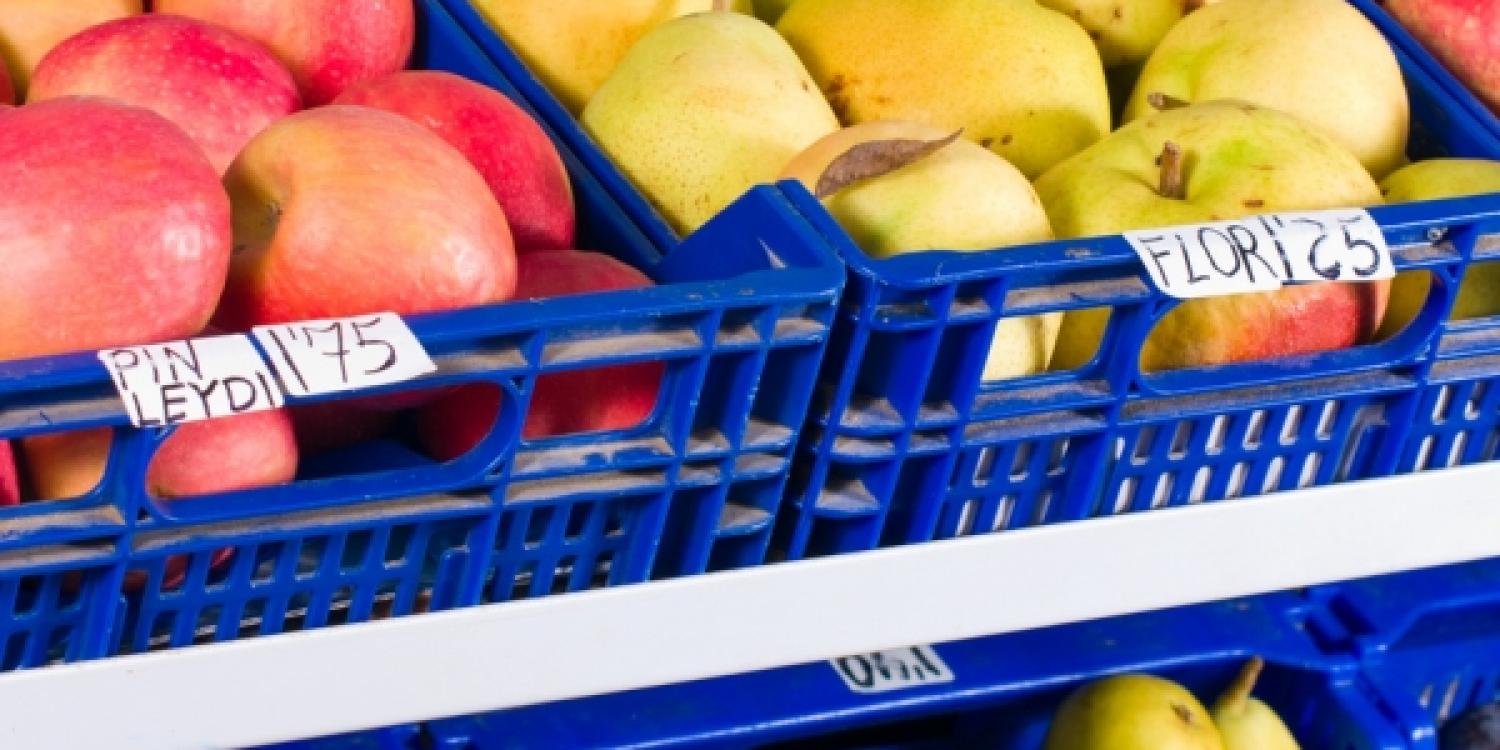Utilising food waste from grocery retail

Information
Food waste should primarily be reduced to a minimum. However, some food waste will inevitably be generated. Stores can then look for ways to put unsold groceries to use.
Food residues from the grocery trade can be either edible or non-edible.
Edible food waste includes products that have passed their 'best before' date or are removed from selection due to the store's own freshness standards but are still suitable for consumption.
Stores can donate these edible food products to local charities, which then distribute them as food aid to those in need. Some food waste, esuch as vegetables and bakery products, can be suitable for animal feed and can be given or sold to farms.
Non-edible food waste can be used for energy production. Potential processes for converting food waste into energy include, for example, anaerobic digestion to produce biogas, and fermentation to produce bioethanol. Some of the side streams formed in these processes are nutrient-rich and can be utilised as well (i.e. for animal feed or to improve soil).
The food-waste streams from retail are larger and more homogenous than those from households and can be an interesting raw material for companies that process biomass into energy. Grocery retailers can cooperate with waste-management companies or biofuel producers to create circular supply chains, where the energy produced is re-applied to the food production processes.